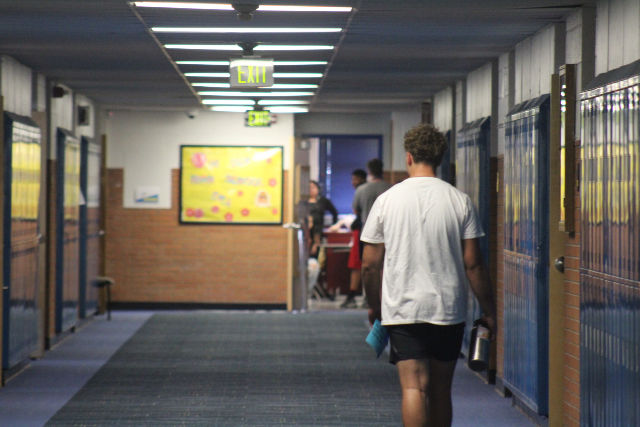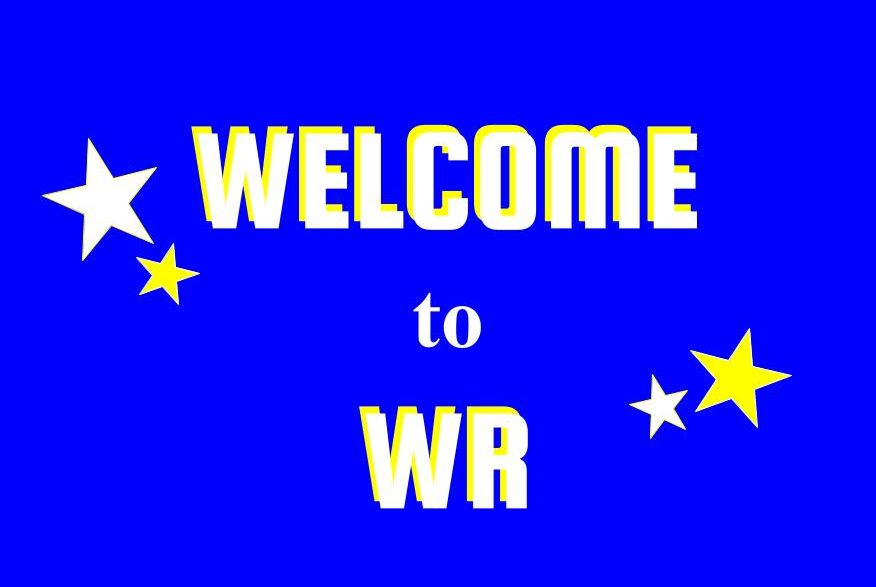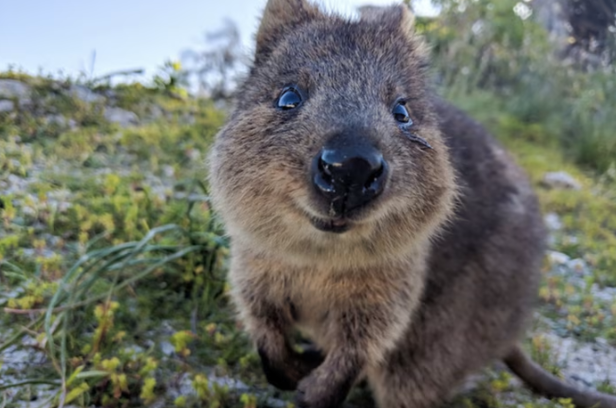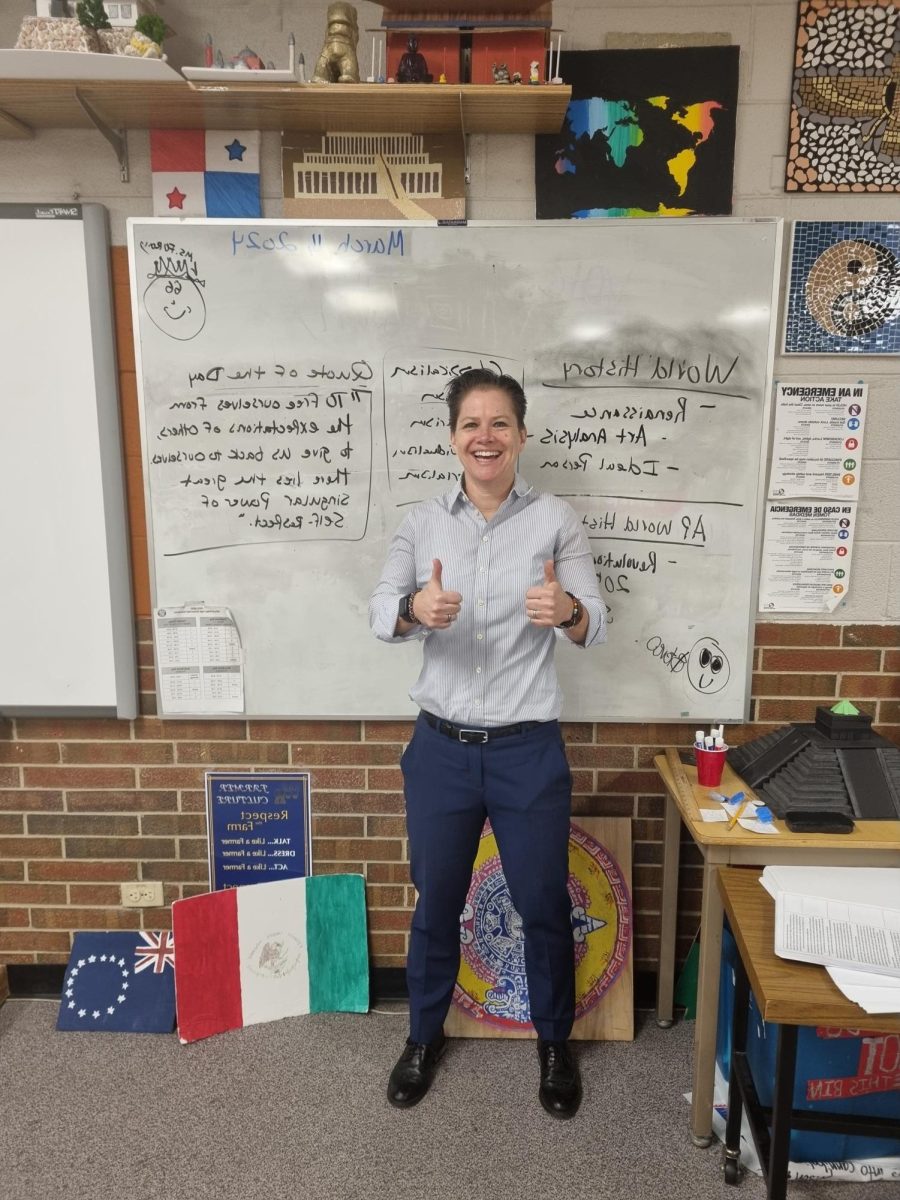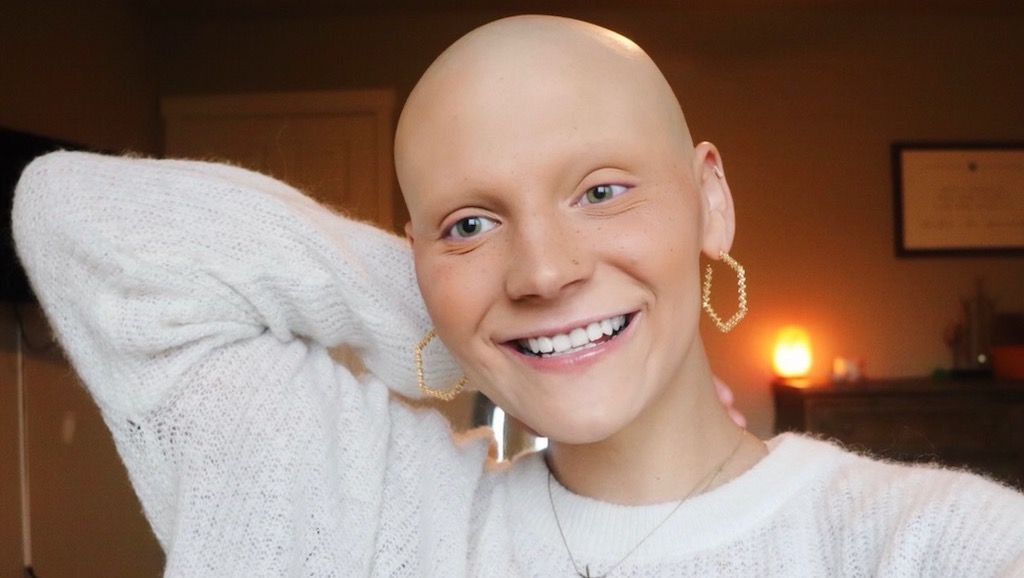By Daniela Santos
The beginning of the dilemma between Ukraine and Russia is hard to pin point.
One may say the origin dates back 82 years to the 1932-1933 famine in Ukraine—which at the time was a part of the USSR—starved 10 million Ukrainians due to Soviet dictator Joseph Stalin’s agricultural policies. Stalin then, following the Second World War, forcibly deported the Crimean Peninsula’s complete indigenous population of Tatars to central Asia. To deal with the losses in Ukraine, Stalin took action by relocating ethnic Russians into the territory towards the peninsula and the eastern side, which was where the Ukraine’s industry was centered.
The Crimean Peninsula was not officially a part of Ukraine until 1954 when Stalin’s successor, Nikita Khrushchev, chose to transfer it to the country it was previously a part of. This explains why, currently, 30% of the Ukrainian population speaks Russian—mainly in the east and in Crimea—and 17% refer to themselves as ethnically Russian. Fifty-eight percent of the Crimean population is Russian.
The previous tensions led to Nov. 2013 when the country’s president, Victor Yanukovych, announced that he rejected an agreement to strengthen ties with the European Union. This angered citizens and encouraged them to start protesting in Kiev’s independence square, which in turn angered Yanukovych. On Feb 20 dozens of protestors were killed by Ukrainian military and police.
The following day Yanukovych fled from Kiev, the capital city, to Russia, and the protestors proceeded to install a new temporary government to prepare for new elections which are set for next month. The temporary parliament, created by the protestors, leaned towards uniting with the European Union, which unsettled the part of the population that felt loyal to Russia. This ultimately led to the invasion by thousands of Russian military troops into the Crimean Peninsula for the sake of protecting the ethnic Russians, their Russian military installations and their title as a world power.
Political witnesses of the situation criticized the actions of Russian Prime Minister Vladimir Putin who on March 6 had a conversation over the phone with Barack Obama involving the American president telling Putin that his military actions dishonored Ukrainian sovereignty.
The Crimean Peninsula is a semi-autonomous province with its own government and the Russian parliament informed the Crimean lawmakers that they could organize a referendum on whether or not they wanted to stay a part of Ukraine or unite with Russia. On March 16, the results of the referendum displayed that 97% of Crimean voters supported joining Russia. Western Ukraine and Obama do not want to accept the annexation of Crimea as legitimate, but Russian military remained on location.
President Obama has made it clear that it does not side with Russia on its violation of international norms. On a March 26 news conference in Brussels he declared that the country’s actions, “must be met with condemnation,” On Mon. April 21 Vice President Joe Biden flew to Ukraine to show American support.
Threats of war have been made by Ukraine, threatening pro-Russia gunmen to dismiss themselves from government buildings in along the eastern side of the country. Ukrainian government also fears that more Russian troops, who have also guarded its border along the eastern side of Ukraine, will interfere. On the weekend prior to April 21, five of these gunmen were reportedly dead at the hands of Ukrainian nationalist.
Other calamities like the one previously mentioned have occurred throughout the previous two months. Right now the dilemma is deciding whether or not to consider Crimea as a part of Russia and determining if the United States should intervene.


